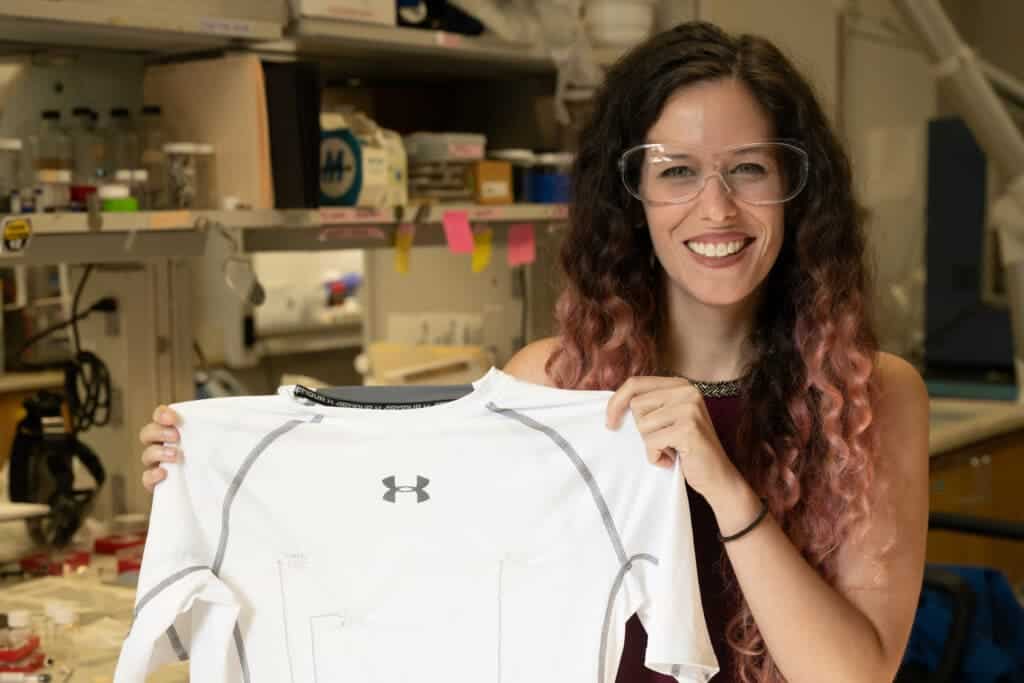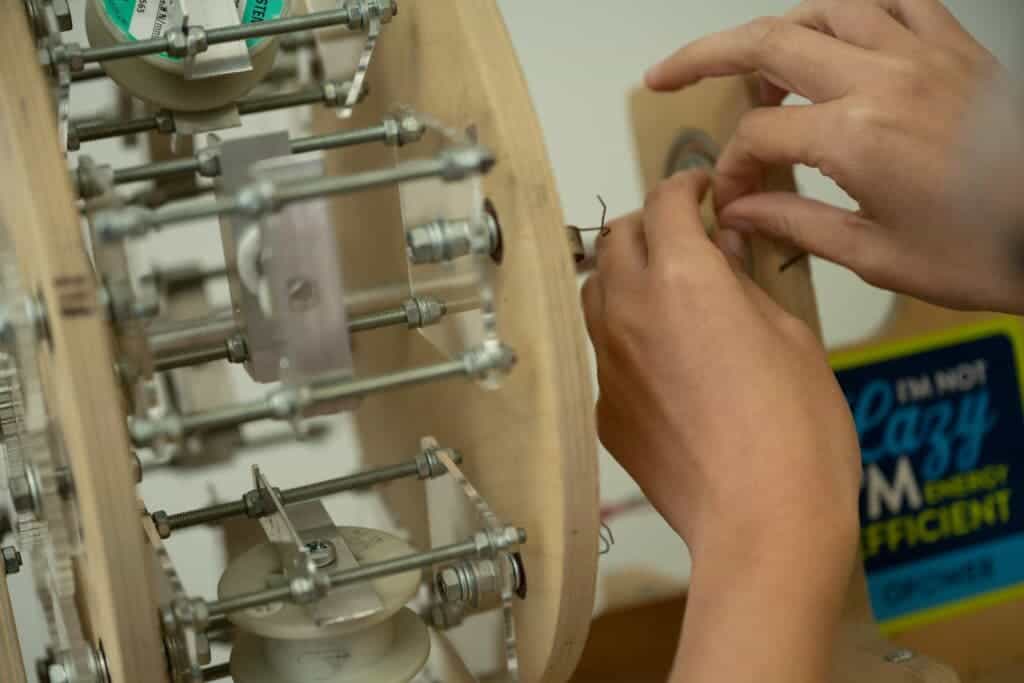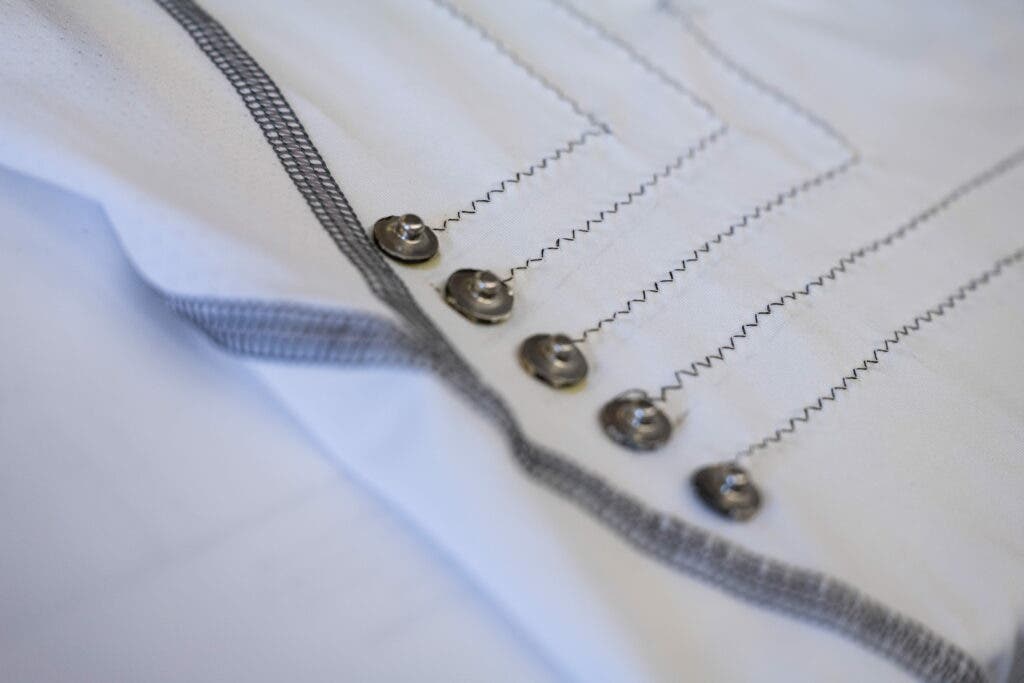Researchers from Rice University have sewed nanotube fibers into athletic wear, turning a regular T-shirt, turning it into a heart monitor capable of taking a continual electrocardiogram (ECG) of the wearer. The T-shirt is washable and resilient.

Move over, smartwatch — come on, smartclothes
The idea of incorporating smart electronics into wearable clothes isn’t a new one; wearable tech is poised to become a $70 billion industry by 2025. The technology is still in its infancy, but it seems to be making great strides. In a new study led by Rice graduate student Lauren Taylor, researchers presented a T-shirt that can monitor heart activity with an accuracy comparable to that of specialized equipment.
“The shirt has to be snug against the chest,” said Taylor. This is why the team used athletic wear that’s tighter around the body. “In future studies, we will focus on using denser patches of carbon nanotube threads so there’s more surface area to contact the skin.”
The work builds on carbon nanotubes first developed at Rice University in 2013, and constantly developed ever since. Strong, bendable, and conductive, these nanotubes consist of tens of billions of carbon nanotubes. However, because the original fibers are so thin, you can’t just weave them into clothing. So instead, they used a rope-making device to bundle the filaments together. These bundles were then further woven into a thread-size thickness that was finally thick enough to be used in clothing. The end product is washable, soft like the rest of the shirt, and the whole process can be scaled.

“We worked with somebody who sells little machines designed to make ropes for model ships,” said Taylor, who at first tried to weave the thread by hand, with limited success. “He was able to make us a medium-scale device that does the same.”
In the end, researchers developed a zigzag stitching pattern that allows the fabric to stretch without breaking.

Two types of shirts were produced: one with two threads that acted as a heart rate monitor, and another with five threads that acted as an ECG machine. The conductive threads were then connected to a Bluetooth transmitter, using the snaps in the neck; the threads basically acted as electrodes. This was connected to a commercial heart rate monitor, and one of the study authors wore the shirt, periodically running and walking to vary his heart rate. At the same time, FDA-approved equipment recorded ECGs from the T-shirt, and the data were compared with data obtained at the same time, using commercial equipment. The data was sent to three cardiologists for evaluation.
“In conclusion, carbon nanotube threads are ideal for wearable textiles; it is soft and flexible, machine washable, and is easily integrated into clothing or textiles, like standard thread. Its electrical conductivity is on par with metals, yet has better chemical resistance, can withstand greater flex fatigue, and has higher tensile strength,” the study authors note.

The technology opens up a number of different avenues in smart clothing and health monitoring systems, Taylor tells ZME Science.
“Carbon nanotubes can be used to bridge soft components and sensors to traditional electronic components, making them a key component toward the development of fully textile-based circuits. Derived technologies such as antennas, light emitting diodes, or semiconducting fibers can be similarly sewn into textiles. Moreover, minor modifications to CNTT geometry and microelectronics could allow other health monitoring applications including blood pressure, force exertion, and respiratory rate sensing capabilities,” she explains.
The results also demonstrate a number of possibilities for textile-based electronics. They could be used in military uniforms as vitals monitoring or ballistic protection, with minimal engineering.
“The unique combination of sewability, durability, and functionality demonstrated in this work represents a major step forward toward truly wearable electronic textiles,” Taylor concludes.
The study has been published in Nano Letters.






